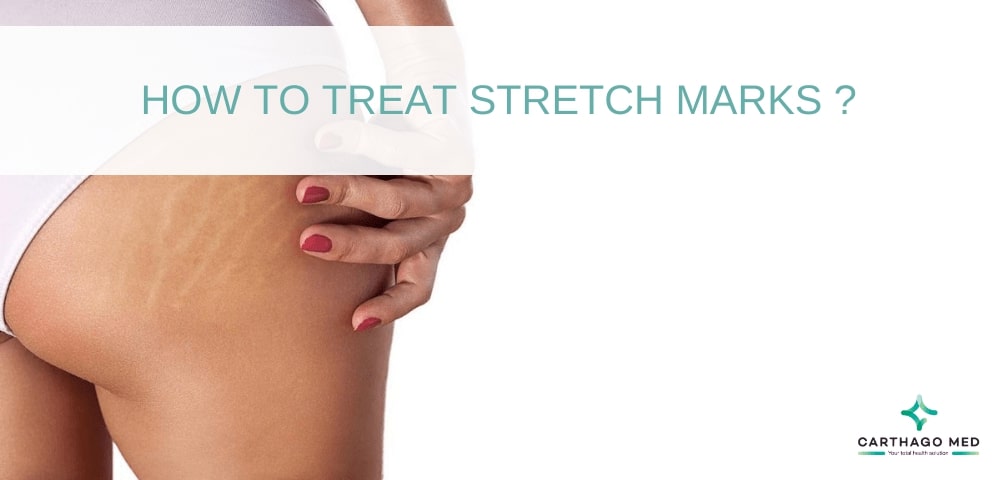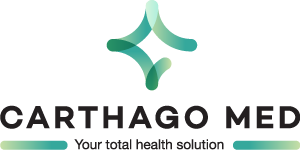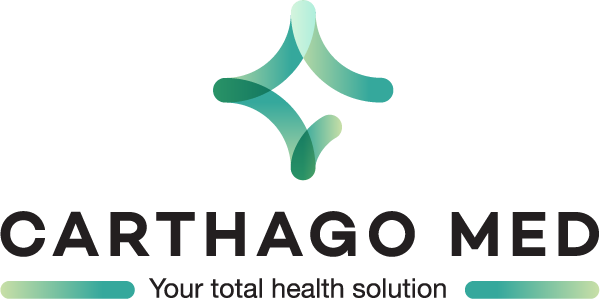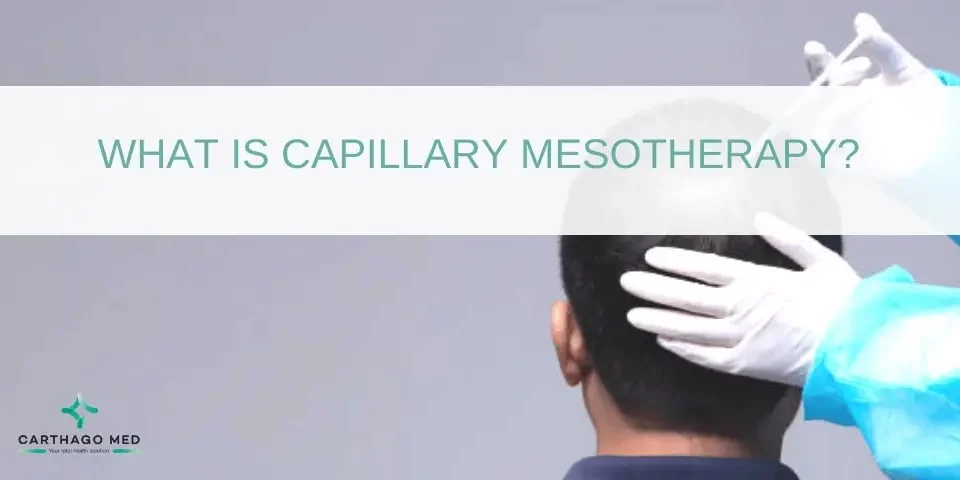
HOW TO TREAT STRETCH MARKS?
Stretch marks, scientifically referred to as striae, are a common dermatological concern that affects individuals worldwide. These unique markings on the skin often raise questions about their origins, prevention, and treatment options. In this extensive article, we will delve deeply into the realm of stretch marks, exploring their nature, causes, and, most importantly, strategies for successful treatment and prevention. Whether you are in the United Kingdom, Canada, or any other part of the world, this comprehensive guide provides a wealth of information, incorporating expert advice and scientific insights to offer a holistic understanding of stretch marks.
What exactly is a stretch mark?
Stretch marks, or striae, are a form of skin scarring that occurs when the dermal layer of the skin is stretched beyond its capacity. These distinctive marks are characterized by their appearance as parallel lines or streaks on the skin’s surface, often displaying colors such as pink, red, purple, and eventually fading to silver or white. Stretch marks can manifest on various areas of the body, including the abdomen, thighs, hips, breasts, and arms.
Understanding the Anatomy of Stretch Marks: To gain a deeper understanding of stretch marks, it is essential to explore the skin’s anatomy. The skin comprises three primary layers: the epidermis (outer layer), the dermis (middle layer), and the subcutaneous tissue (inner layer). Stretch marks originate within the dermis, where collagen and elastin fibers play a crucial role in maintaining skin elasticity. When the skin undergoes rapid stretching, these fibers can rupture, leading to the formation of stretch marks.
What can get rid of stretch marks?
The journey to effectively treat stretch marks involves exploring a range of methods and approaches. For individuals dealing with more severe or stubborn stretch marks, it is advisable to consult a board-certified dermatologist. Dermatologists can provide a range of in-office procedures tailored to individual needs.There are several effective treatments available for reducing the visibility of stretch marks, each targeting different aspects of skin rejuvenation and improvement. Laser therapy is a highly successful approach that stimulates collagen production and encourages skin rejuvenation, ultimately reducing the appearance of stretch marks.
Another non-invasive option is microdermabrasion, which involves the removal of the outer skin layer to effectively diminish the visibility of stretch marks. Chemical peels can also be beneficial, enhancing skin texture and minimizing stretch marks by removing the damaged top layer of skin. For those seeking skin tightening, radiofrequency treatments are a valuable choice as they can firm and tighten the skin, making stretch marks less noticeable. Additionally, ultrasound therapy is proving to be effective in promoting collagen production and minimizing the appearance of stretch marks, offering yet another promising option for individuals looking to address this concern.
Can anything prevent stretch marks?
Although completely preventing stretch marks can be challenging. To help reduce the risk of developing stretch marks, several key strategies can be employed. Firstly, maintaining a healthy weight is crucial. Gradual and steady changes in weight are less likely to lead to stretch marks compared to rapid fluctuations. Seeking guidance from healthcare professionals or registered dietitians can assist in establishing a sustainable weight management plan. Secondly, proper hydration plays a significant role. Well-hydrated skin tends to be more supple and less susceptible to stretch marks. This can be achieved through adequate water consumption and the regular application of moisturizers, thereby preserving skin elasticity.
Lastly, maintaining a balanced nutrition regimen is essential. A diet rich in essential vitamins, minerals, and antioxidants supports overall skin health and repair. Foods that promote collagen production, such as those high in nutrients, can be particularly beneficial in the prevention of stretch marks. By incorporating these practices into one’s lifestyle, the likelihood of developing stretch marks can be minimized.
When to seek a dermatologist’s expertise
If over-the-counter products and home remedies prove ineffective in delivering the desired results, it is prudent to seek the guidance of a board-certified dermatologist. Dermatologists possess a profound understanding of skin conditions and can recommend personalized treatments and procedures to effectively address stretch marks.
Stretch marks are a common skin concern that transcends geographical boundaries. Understanding their causes, treatment options, and prevention strategies is essential for effective management. Whether you reside in the United Kingdom, Canada, or any other part of the world, seeking the expertise of a dermatologist can be a valuable step in your journey toward smoother, healthier skin. Remember that with the right approach, patience, and expert guidance, you can successfully treat and minimize the appearance of stretch marks, regaining your confidence and skin health.









